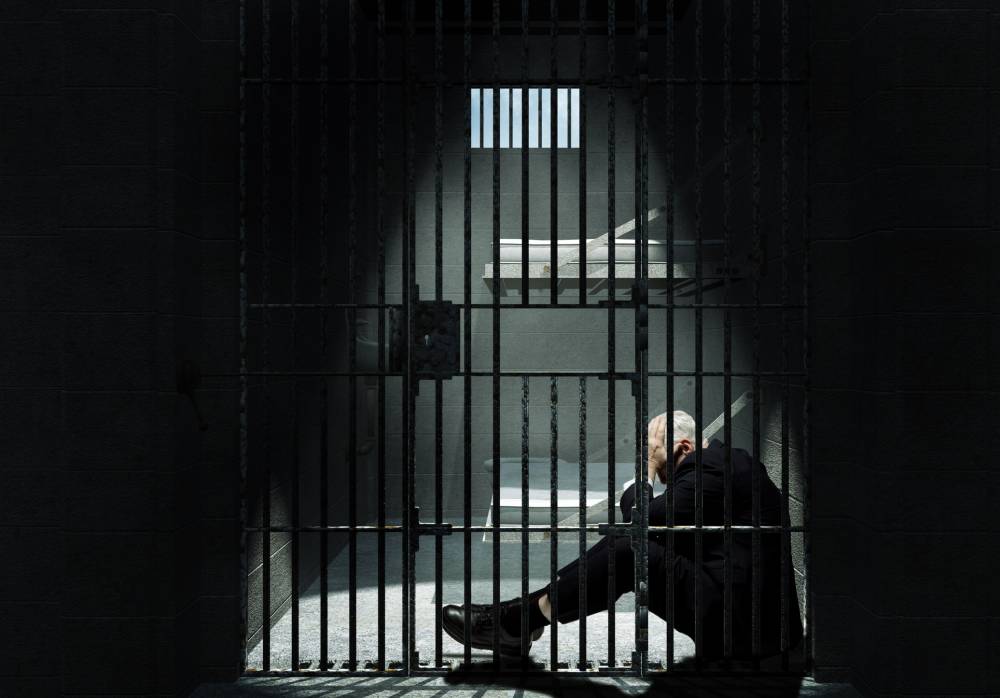
Australia’s prison population is ageing, creating a unique set of challenges in correctional facilities across the country.
Prisons are catering for the needs of an increasingly frail and unwell prison population, Natasha Ginnivan, ReINVEST Research Manager, Kirby Institute, told HelloCare, but more could be done.
The latest data from the Australian Bureau of Statistics, shows the number of prisoners aged 65 years and over has increased by 348 per cent, or by 805 more people, in the last 16 years.
Most notably, the rates of older women in prison have risen sharply, rising from 3 to 26 inmates, making a 767 per cent increase.
By comparison, the population of younger prisoners has been relatively stable.
In total, there are 5,212 men and women aged 50 years and older in prison in Australia.
In NSW, there is special accommodation for inmates with high-level needs, such as dementia, at Long Bay Hospital and the Kevin Waller Unit.
To assess the needs of inmates and provide the necessary care, corrective staff work with Justice Health and Forensic Mental Health doctors and nurses.
When health problems arise, Ms Ginnivan said inmates are generally referred to a specialist doctor for further testing.
But Ms Ginnivan said “waiting times to see specialists in any prison, no matter the age, is a common experience for prisoners.”
Australia’s ageing prison population is not only caused by the nation’s ageing demographic.
“General population ageing is one [factor] but not the whole picture,” Ms Ginnivan said.
She lists changes to mandatory sentencing laws in the 90s, more people in remand, tighter bail laws, and improved forensic techniques as all contributing to more older people being incarcerated in prison.
The NSW government’s announcement in early 2018 that it will re-investigate cold cases going back to 1973, and the Royal Commission into Institutional child abuse, have also boosted older populations in prisons.
The New South Wales government’s report ‘Old and inside: Managing aged offenders in custody’ says, “The majority of frail inmates have functional difficulties in the prison environment. This is not surprising, as prisons are designed primarily for young, male able-bodied inmates.”
The ‘Old and inside’ report identifies five areas that can be addressed to improve the lives of older people living in residential aged care: the environment, facility routines, relationships, healthcare, and pre-release support.
It makes a number of recommendations, including installing rails and ladders on all bunk beds, that common areas have appropriate shelter and seating, that inmates with incontinence are issued with additional clothing and linen, and that raised garden beds are installed to provide an activity for older inmates.
It’s perhaps not surprising that some residential aged care facilities are reluctant to take former prisoners, especially when the person has been committed to prison for a serious offence.
In these cases, it’s sometimes considered appropriate that the prisoner remains in prison, even after their release date, according to the ‘Old and inside’ report.
Prisons will likely trial and implement other systems of care for older residents in the coming years, as the number of older inmates keeps rising, Ms Ginnivan said.
Prisons are “cognisant” of the need to make adjustments for older prisoners, she said.
“There is a need to develop appropriate models of care… while in incarceration to screen, diagnose, implement models of care and ‘continuity of care’ pathways upon release,” Ms Ginnivan said.
Prisons are aware of the need for change, Ms Ginnivan said.
“However policy sometimes takes longer to catch up with the research and required best practices in many real-life, complex social settings.”